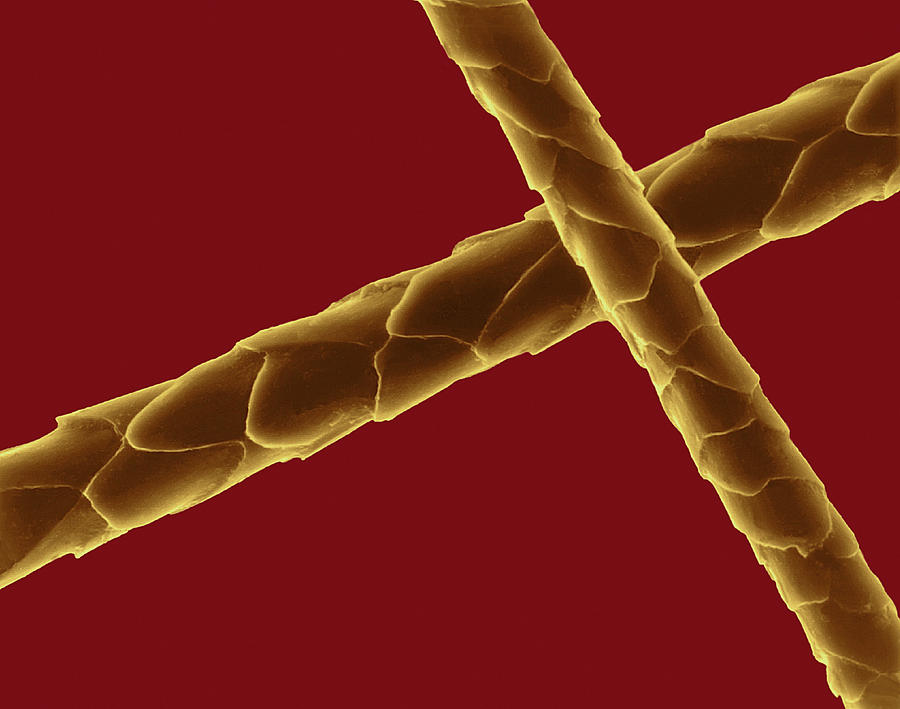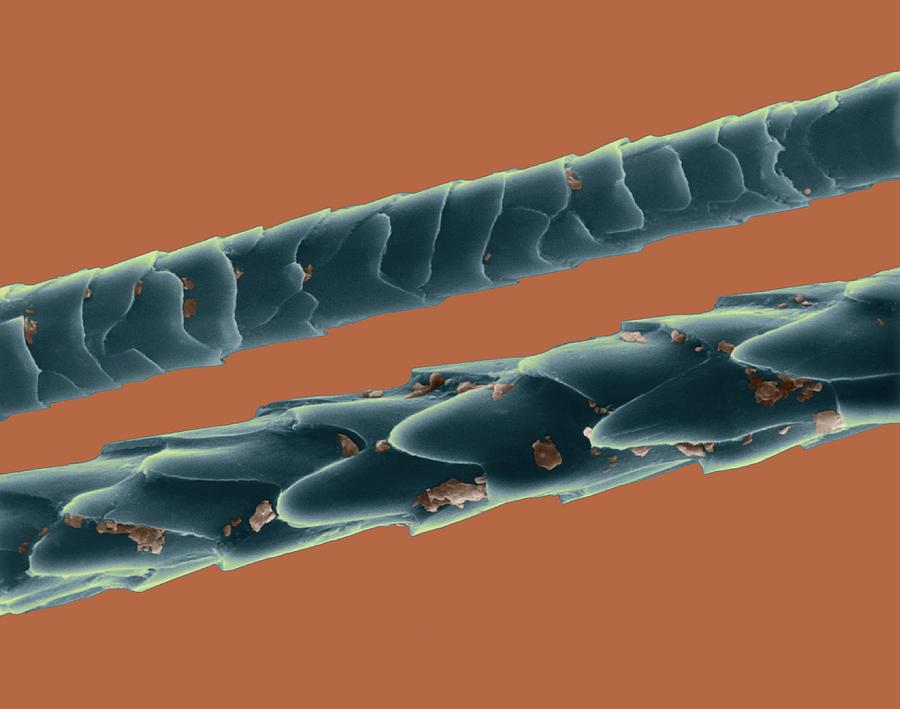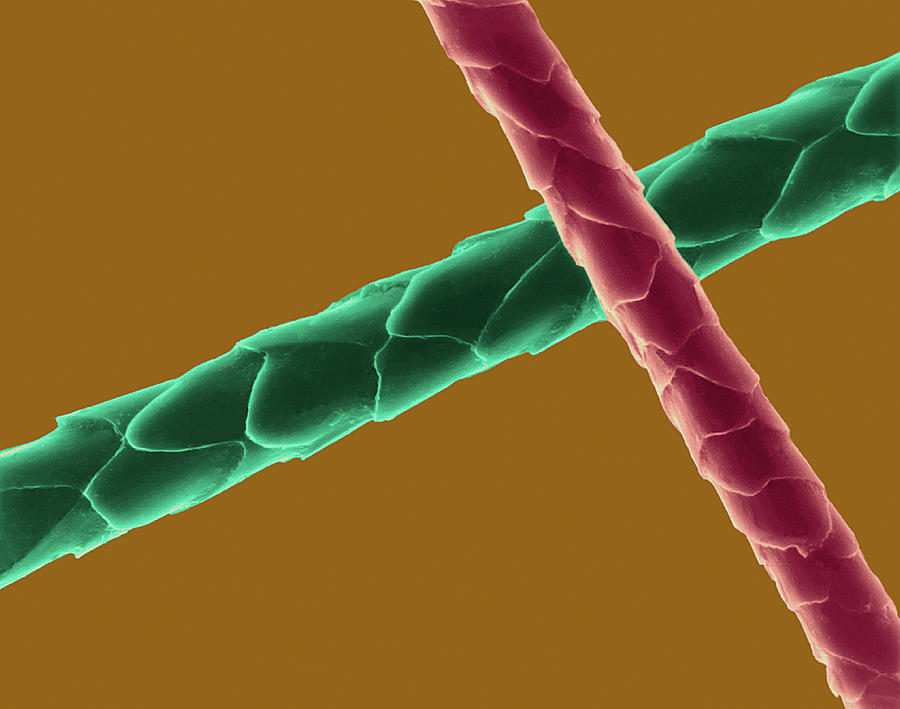Cats are one of the most popular pets in the world. They are known for their soft fur, cute faces, and playful personalities. However, have you ever wondered what cat hair looks like under a microscope? In this article, we will explore the microscopic world of cat hair.
What is a Microscope?
A microscope is an instrument that is used to magnify small objects. It allows us to see things that are too small to be seen with the naked eye. There are many different types of microscopes, but the most commonly used one is the optical microscope.
The Structure of Cat Hair
Cat hair is made up of several layers. The outer layer is called the cuticle, which is made up of overlapping scales. The middle layer is called the cortex, which contains the pigment that gives the hair its color. The inner layer is called the medulla, which is a hollow core.
The Different Types of Cat Hair

Cats have different types of hair, each with a different purpose. The most common type of hair is called guard hair, which is the long, coarse hair that covers the body. The second type of hair is called down hair, which is the soft, fluffy hair that keeps the cat warm. The third type of hair is called awn hair, which is the hair that sticks out from the guard hair.
The Function of Cat Hair

Cat hair serves several functions. The most obvious one is to keep the cat warm. However, it also serves as a form of protection, as the guard hair can make the cat look bigger and more intimidating. Additionally, cat hair helps to keep the skin moisturized and protects it from the sun.
Cat Hair and Allergies

Some people are allergic to cat hair. This is because the hair contains a protein called Fel d 1, which can trigger an allergic reaction in some people. However, it is not the hair itself that causes the allergy, but rather the dander (tiny flakes of skin) that attach to the hair.
The Importance of Grooming

Grooming is an important part of a cat's life. It helps to keep the fur clean and healthy, and it also helps to distribute the natural oils throughout the fur. Additionally, grooming helps to remove loose hair and prevents hairballs from forming in the cat's digestive system.
The Microscopic World of Cat Hair

When we look at cat hair under a microscope, we can see the intricate details of the hair structure. We can see the overlapping scales of the cuticle, the pigment in the cortex, and the hollow core of the medulla. It is truly fascinating to see the microscopic world of cat hair.
Conclusion
Cat hair is not just soft and fluffy, but it also has a complex structure and serves several important functions. By looking at cat hair under a microscope, we can appreciate its beauty and complexity even more.